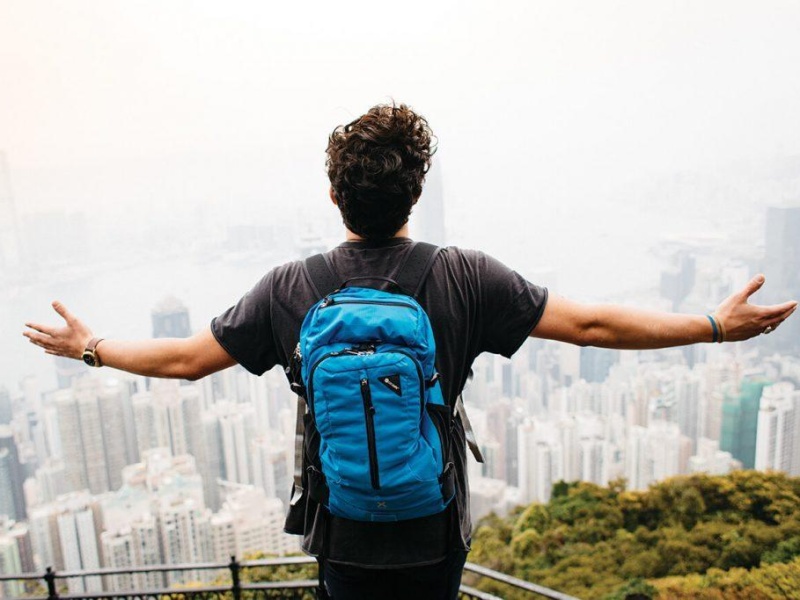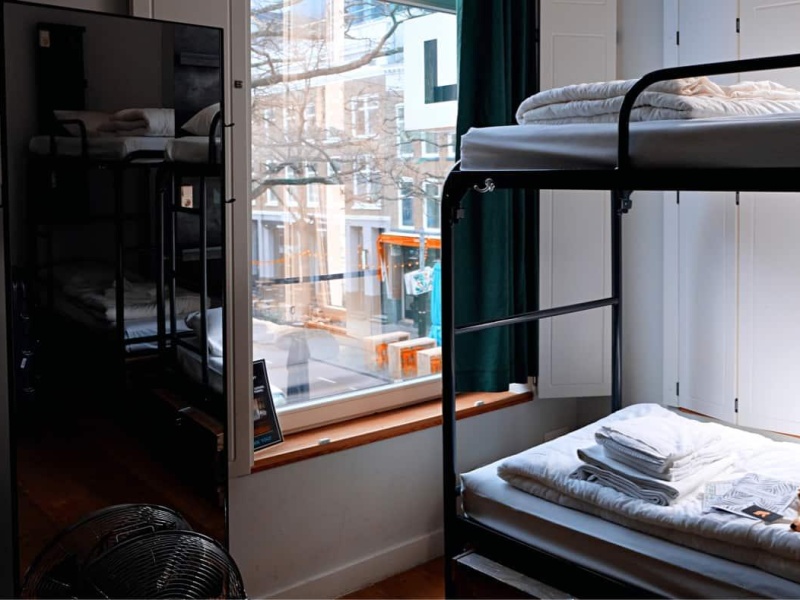Why Eastern Europe is a Backpacker’s Paradise
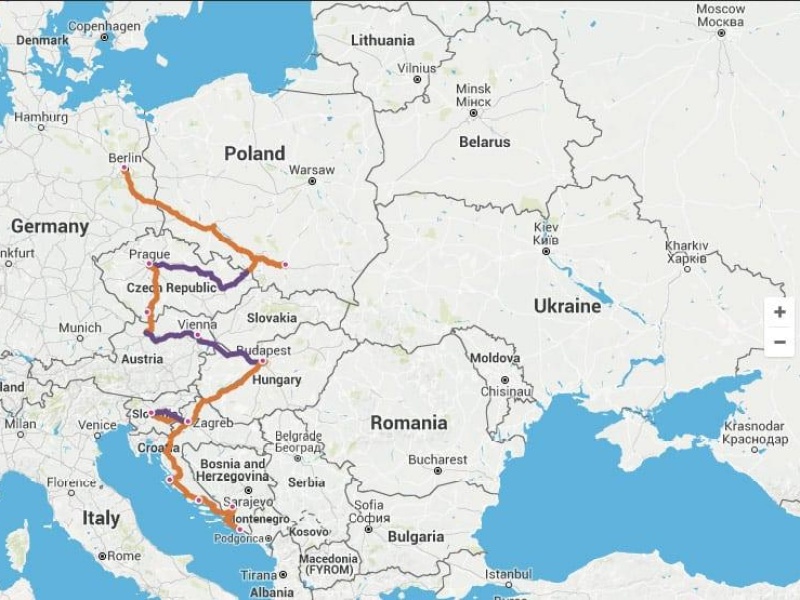
Eastern Europe is a treasure trove of stunning landscapes, rich history, and vibrant cultures, all while being incredibly budget-friendly. Unlike its Western counterparts, this region offers a more off-the-beaten-path experience, perfect for backpackers seeking adventure without the crowds. From the Carpathian Mountains to the Black Sea coast, Eastern Europe is brimming with hidden gems waiting to be explored. Whether you're a history buff, a nature enthusiast, or a foodie, this region has something for everyone. Plus, the affordability of accommodation, food, and transportation makes it an ideal destination for long-term travel.
Planning Your Eastern Europe Backpacking Route
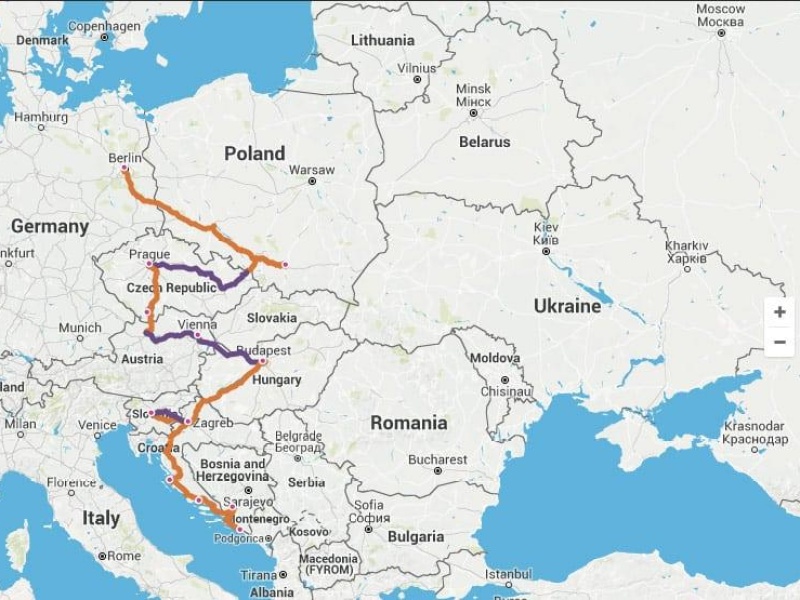
When planning your Eastern Europe backpacking adventure, it’s essential to map out a route that balances popular destinations with lesser-known spots. Start in cities like Budapest or Krakow, which are well-connected and offer a mix of history and nightlife. From there, venture into smaller towns and rural areas, such as the Slovakian Tatra Mountains or the Bulgarian Rhodopes. Consider the time of year you’re traveling, as winter can be harsh in some areas, while summer is perfect for coastal destinations like Croatia or Montenegro. Don’t forget to factor in visa requirements and border crossings, as Eastern Europe’s political landscape can be complex.
Must-Visit Hidden Gems in Eastern Europe
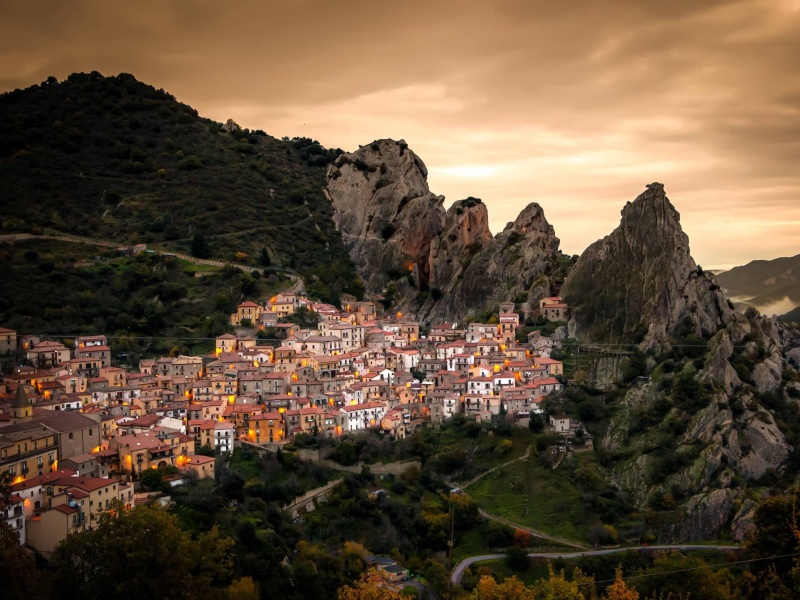
Eastern Europe is full of hidden gems that often fly under the radar. In Romania, the painted monasteries of Bucovina are a UNESCO World Heritage Site, showcasing stunning frescoes and a rich spiritual history. Albania’s Berat, known as the “City of a Thousand Windows,” offers a glimpse into Ottoman architecture and a slower pace of life. For nature lovers, Slovenia’s Lake Bohinj is a serene alternative to the more famous Lake Bled. These destinations provide a unique and authentic experience, away from the tourist crowds, and are perfect for backpackers looking to immerse themselves in local culture.
Budgeting for Your Eastern Europe Backpacking Trip
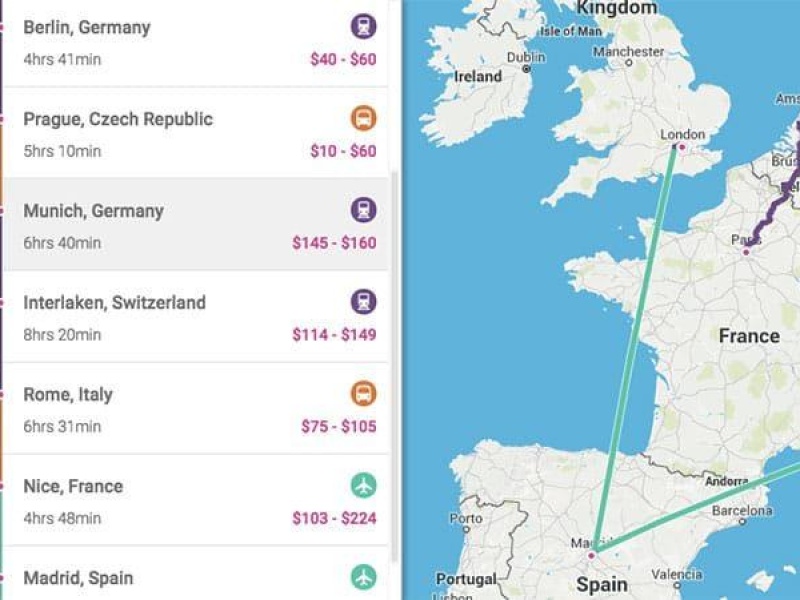
One of the biggest advantages of backpacking through Eastern Europe is the affordability. On average, you can expect to spend around $30-$50 per day, depending on your travel style. Hostels are plentiful and cost between $10-$20 per night, while local meals at small eateries can be as cheap as $5. Public transportation is also budget-friendly, with trains and buses connecting major cities and towns. To save even more, consider traveling during the shoulder seasons (spring and autumn) when prices are lower, and the weather is still pleasant. Don’t forget to carry some cash, as not all places accept credit cards, especially in rural areas.
Navigating Transportation in Eastern Europe
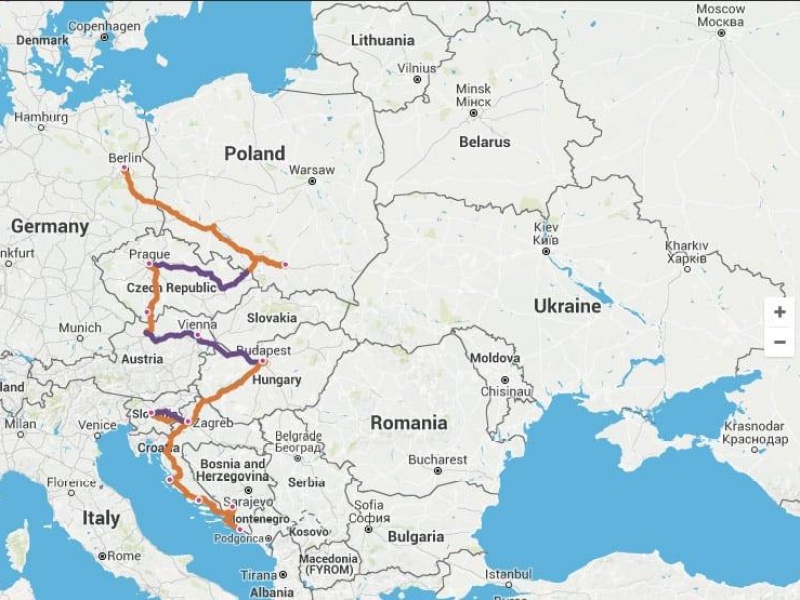
Getting around Eastern Europe is relatively easy, thanks to an extensive network of trains, buses, and budget airlines. Trains are a scenic and affordable option, with routes connecting major cities like Prague, Budapest, and Warsaw. Buses, such as FlixBus, offer even cheaper fares and reach more remote areas. For shorter distances, consider using local trams or shared taxis, which are common in countries like Georgia and Ukraine. If you’re feeling adventurous, hitchhiking is also a viable option in some regions. Always check schedules in advance, as public transportation can be less frequent in rural areas.
Cultural Etiquette and Tips for Backpackers
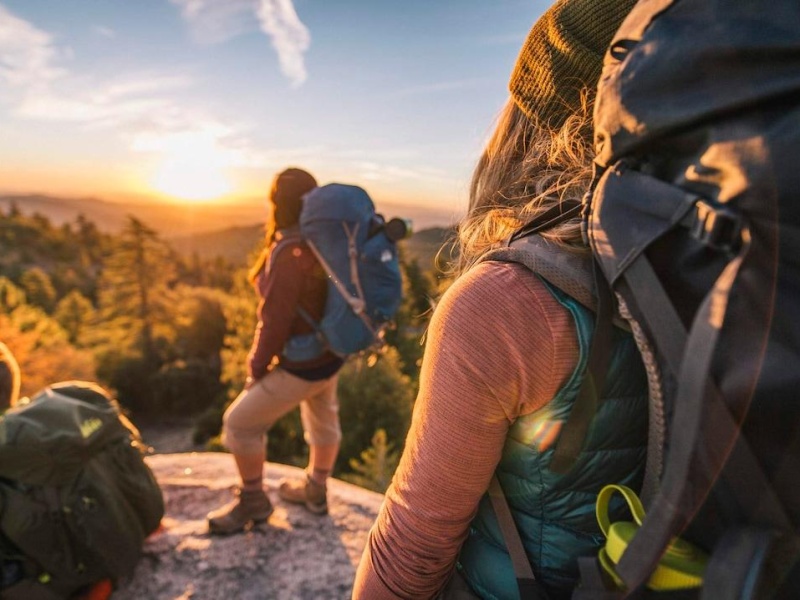
Eastern Europe is a culturally diverse region, and understanding local customs can enhance your travel experience. In countries like Poland and Lithuania, it’s customary to remove your shoes when entering someone’s home. In Orthodox Christian countries such as Romania and Serbia, dress modestly when visiting churches or monasteries. Learning a few basic phrases in the local language, such as “hello” and “thank you,” can go a long way in building rapport with locals. Be mindful of historical sensitivities, especially when discussing topics like World War II or the Soviet era. Respect and curiosity will open doors to meaningful interactions.
Safety Tips for Backpacking in Eastern Europe
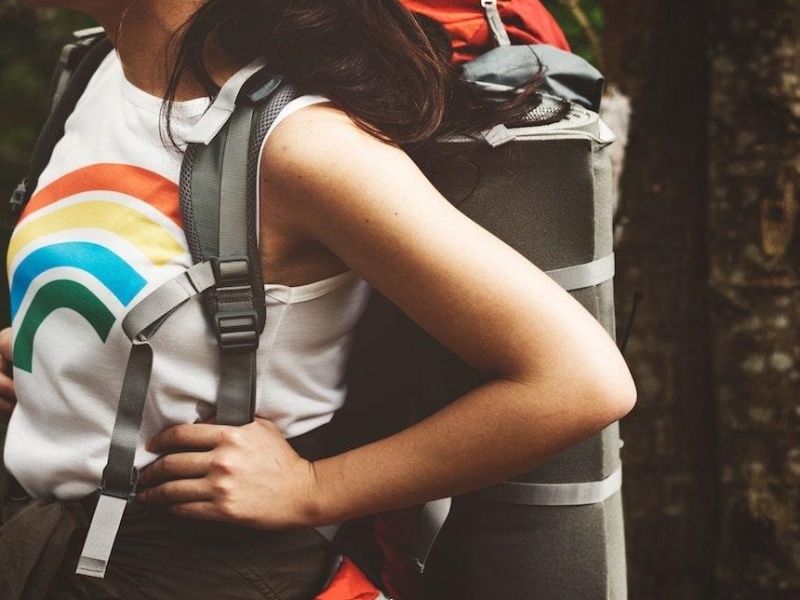
Eastern Europe is generally safe for backpackers, but it’s always wise to take precautions. Keep your belongings secure, especially in crowded areas or on public transportation. Avoid walking alone at night in unfamiliar neighborhoods, and be cautious when using ATMs. In countries like Ukraine and Moldova, stay informed about the political situation and avoid border regions with ongoing conflicts. Travel insurance is a must, as it covers unexpected medical expenses or trip cancellations. By staying vigilant and informed, you can ensure a safe and enjoyable journey through this fascinating region.
Packing Essentials for an Eastern Europe Backpacking Trip
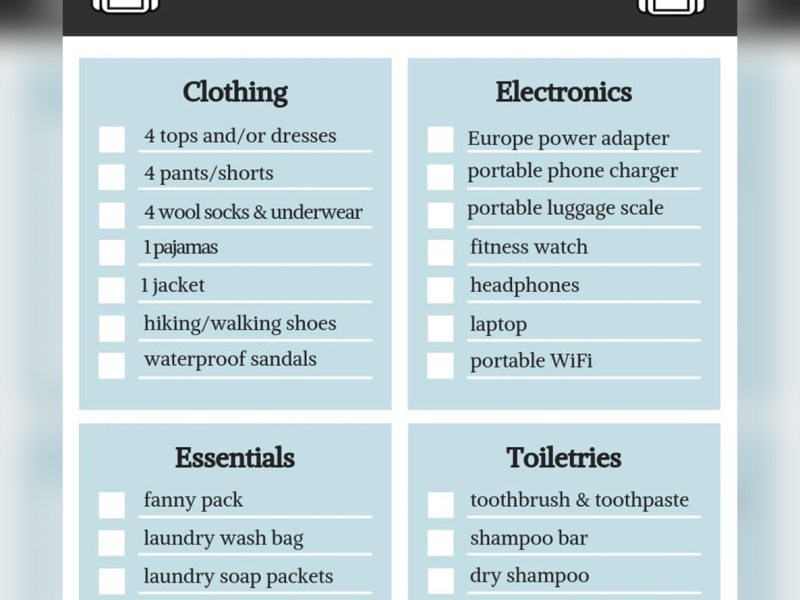
Packing smart is key to a successful backpacking trip. Eastern Europe’s weather can be unpredictable, so bring layers, including a waterproof jacket and sturdy hiking shoes. A lightweight, durable backpack is essential, along with a daypack for shorter excursions. Don’t forget a universal adapter, as power outlets vary across countries. Other essentials include a reusable water bottle, a first-aid kit, and a travel guidebook or offline maps. If you’re traveling in winter, pack thermal clothing and hand warmers. Remember, the lighter your pack, the easier it will be to navigate cobblestone streets and public transportation.
Food and Drink: A Culinary Journey Through Eastern Europe
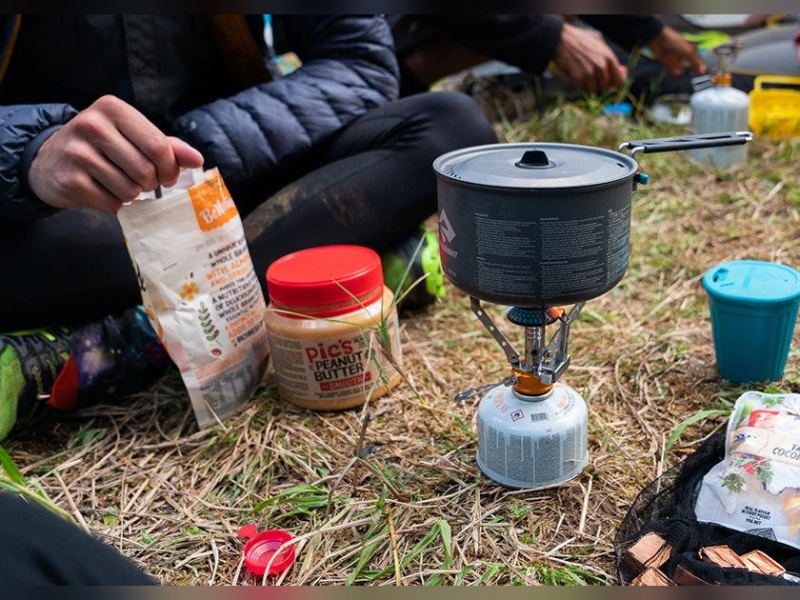
Eastern Europe’s cuisine is as diverse as its cultures, offering hearty and flavorful dishes that reflect the region’s history. In Poland, try pierogi (dumplings) and żurek (sour rye soup), while in Hungary, goulash and chimney cake are must-tries. Romania’s sarmale (cabbage rolls) and Bulgaria’s banitsa (cheese pastry) are local favorites. Don’t miss out on the region’s beverages, such as Czech beer, Georgian wine, and Turkish coffee. Street food is also a great way to sample local flavors on a budget. Be open to trying new dishes, as food is an integral part of the Eastern European experience.
Connecting with Locals and Fellow Travelers
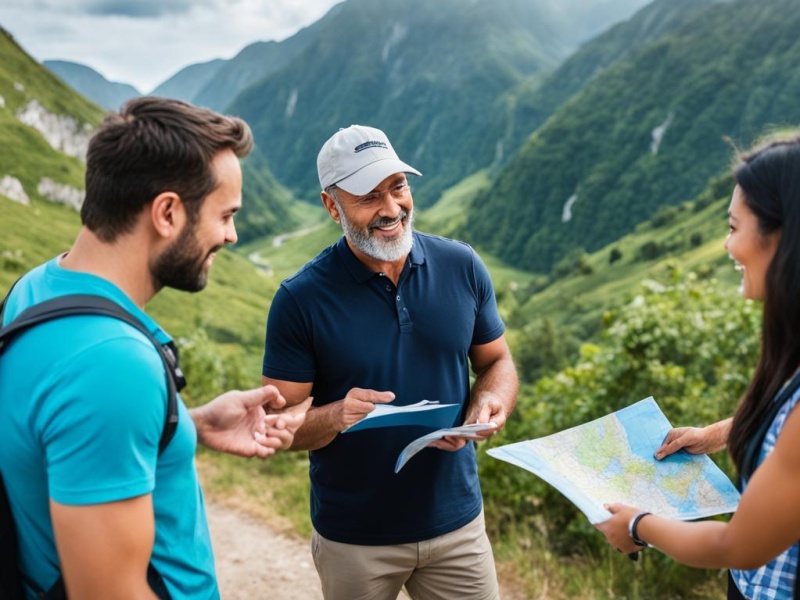
One of the most rewarding aspects of backpacking is the opportunity to connect with people from different walks of life. In Eastern Europe, staying in hostels or attending local events can help you meet fellow travelers and locals alike. Couchsurfing is another great way to immerse yourself in the culture and gain insider tips. Language exchange meetups and free walking tours are also popular in cities like Prague and Belgrade. Don’t be afraid to strike up a conversation with someone at a café or on a train—Eastern Europeans are often warm and welcoming, and these interactions can lead to unforgettable experiences.
Key Takeaways
Backpacking through Eastern Europe offers a unique blend of history, culture, and natural beauty, all at an affordable price. By planning your route carefully, budgeting wisely, and respecting local customs, you can make the most of your adventure. Don’t shy away from exploring hidden gems, as these often provide the most memorable experiences. Stay safe, pack smart, and embrace the region’s culinary delights. Above all, be open to connecting with locals and fellow travelers, as these interactions will enrich your journey and leave you with lasting memories.
Frequently Asked Questions
1. Is Eastern Europe safe for solo travelers?
Yes, Eastern Europe is generally safe for solo travelers, but it’s important to stay vigilant and follow common-sense safety precautions.
2. What is the best time to visit Eastern Europe?
The best time to visit is during the spring (April to June) and autumn (September to October) when the weather is mild, and tourist crowds are smaller.
3. Do I need a visa to travel to Eastern Europe?
Visa requirements vary by country. EU citizens can travel freely within the Schengen Area, while others may need to apply for visas in advance. Always check the specific requirements for your nationality.
